This rule of thumb is a game-changer for postpartum mental health, especially for moms who cosleep. Close proximity during sleep is actually the biological norm through toddlerhood, and knowing this would spare so many parents from feeling helpless, guilty, ashamed, or resentful as baby fights separation every single night.
The Three Components of the 9-9-9 Rule:
- Babies spend their first 9 months of life sleeping in their mother’s womb.
- For the first 9 months after birth, they prefer to sleep on a parent’s chest.
- For the following 9 months, they are most comfortable sleeping near a parent.
Take a moment to think about this.
What if the average mom didn’t expect her 4-month-old to happily sleep in their bassinet — because she knew they preferred to sleep on her?
Or what if she didn’t expect her 12-month-old to happily transition out of bedsharing and into a toddler bed — because she knew they still preferred to sleep near her?
These realistic expectations would prevent her from the all-too-common ways that we, parents, beat ourselves up. We compare ourselves to Instagram or Netflix babies who happily sleep through the night in a crib from Night 1.
We start to believe nighttime separation is normal, when it’s in fact the opposite.
9 Months In
Babies spend their first 9 months of life sleeping in their mother’s womb.
There are limits to what scientists can learn about fetal sleep, but most believe that babies dream during REM sleep in the womb. And after 38 weeks gestation, babies sleep 95% of the time.
While your little one may spend most of their time in utero sleeping, much is happening at the same time. Even in their dozing state they are developing their senses and an awareness of their surroundings and preparing for their big debut.
Sara McTigue
What bliss! Drifting in and out of sleep to the sound of your mother’s voice and the steady beat of her heart.
And what shock.
What a shock it must be to leave the womb and suddenly be expected to fall asleep alone.
9 Months On
For the first 9 months after birth, young babies prefer to sleep on a parent’s chest.
This make sense, as newborns attach to their primary caregivers through their senses. So even though they sleep for the majority of the 24-hour day, all waking moments are spent searching for the taste of mom’s milk, the sound of her voice, the feel of her warm chest against her skin.
That is how they connect, bond, and feel safe in those earliest of days.
Skin-to-skin is the closest thing to being back in the womb, so most infants sleep best when physically touching a parent. They love to drift in and out of sleep in their parents’ arms, lying on their chest, or leaning against them in a baby carrier.
Benefits of skin-to-skin from birth through the fourth trimester include:
- increasing and aiding breastfeeding
- decreasing pain after a cesarean
- improving maternal attachment behavior
- regulating baby’s temperature, before they can regulate their own
- reducing maternal anxiety
- enhancing mother-baby communication
- reducing crying by 12X
The safest way to do skin-to-skin with your infant is to use the Joeyband.
Joeyband is the exclusive skin-to-skin product of La Leche League International. Not only does it bring your new baby all the benefits of skin-to skin, but it also prevents infant falls.
If you’d like to purchase the Joeyband for your family or a pregnant friend, use code COSLEEPY to receive a 12% discount.
Joeyband is approved for your baby’s contact naps, but you need to remain awake.
If you’re too tired to stay awake during your baby’s nap, position yourself in the middle of your mattress and safely chest sleep with them. Here’s how to fall asleep with your baby on your chest, according to Sweet Sleep — La Leche League International’s foundational book.
How to Safely Sleep With Your Baby On Your Chest
Dress your baby and yourself lightly, as they’ll be absorbing some of your body heat. You don’t want them to overheat.
Prop yourself up with pillows at a 25- to 45-degree angle in the center of your mattress. Make sure the pillows are behind your body, so they won’t pose a suffocation risk for your baby.
It’s important to prop yourself up so your baby won’t be lying prone, or flat on their tummy. When they’re lying on you at an upward angle, their body weight will fall on their bottom and legs, not on their chest. Their lungs will be free to open to capacity.
You can layer thin, breathable blankets over your legs if needed. You’ll want to keep the area around your body clear of anything soft or fluffy, in case your baby slips down while you’re sleeping.
Your baby will find a perfect, snug position on you, and slipping off is rare. But if you’ve set yourself up in the middle of your mattress, without any suffocation hazards nearby, your baby will be okay if it does happen.
For this reason, you should never fall asleep with your baby while you’re on a couch or chair. Most of the statistics about “cosleeping” fatalities involve a couch – not a bed.
As long as you follow these safety guidelines from Sweet Sleep, you can confidently fall asleep as your baby safely sleeps on your chest.
9 Months Near
For the following 9 months, young toddlers are most comfortable sleeping near a parent.
By this point, most babies have transitioned from chest sleeping to bedsharing, as they’ve become more secure with each passing night.
It sounds counter-intuitive, but dependence breeds independence.
Only from a deep and abiding dependence can true independence come.
Brittni Mella Cepeda
Brittni Mella Cepeda, holistic sleep specialist and founder of Resting in Motherhood, says that we need to provide a secure base for our children to attach to. That way, “when they are ready for independence, they are able to venture away knowing that they have a safe and loving support system to come back to.”
Once your baby turns one year old, you do not have to continue sleeping next to them in the cuddle curl position.
But what you do need to continue doing is consistently assess your mattress for suffocation risks (e.g. fluffy objects like pillows, blankets, or stuffies) and entrapment risks (e.g. gaps between the mattress and a bed rail, wall, etc.).
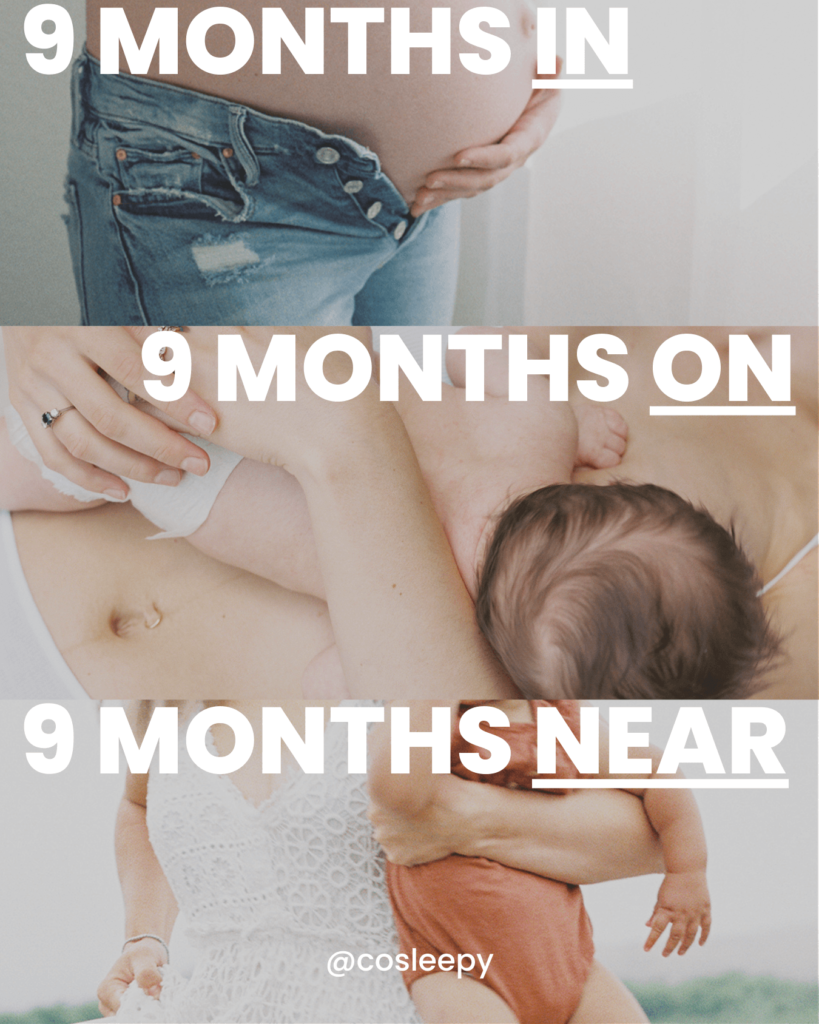
9 Months In. 9 Months On. 9 Months Near.
I wish someone had told me this rule of thumb as a new mom. Let’s spread the word among the new parents in our lives!
If you’re trying to adjust your life to your new barnacle baby (said with endearment), check out my Bedsharing Beginner’s Guide. It will walk you through all the safety and practical aspects of any given night.
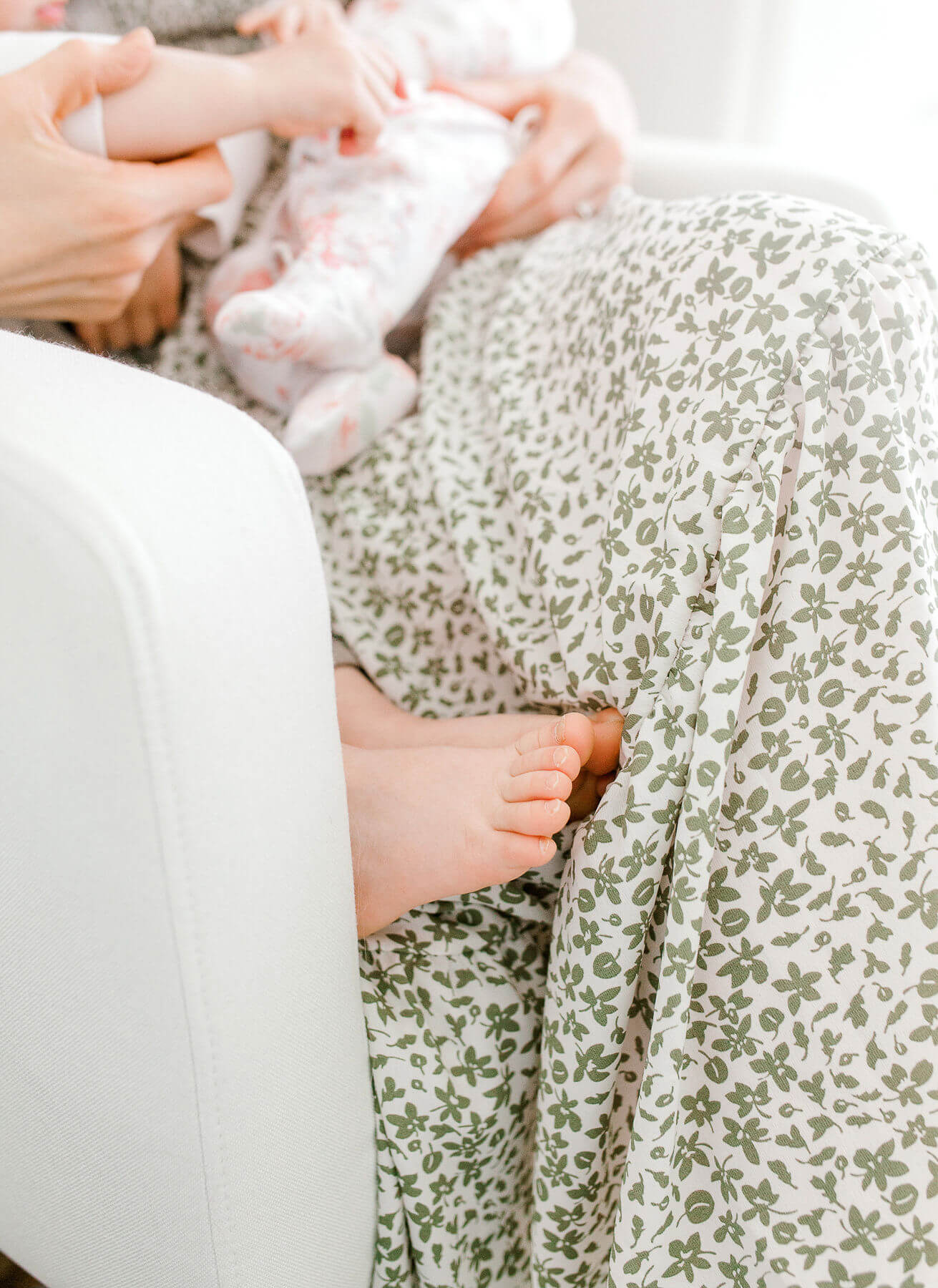
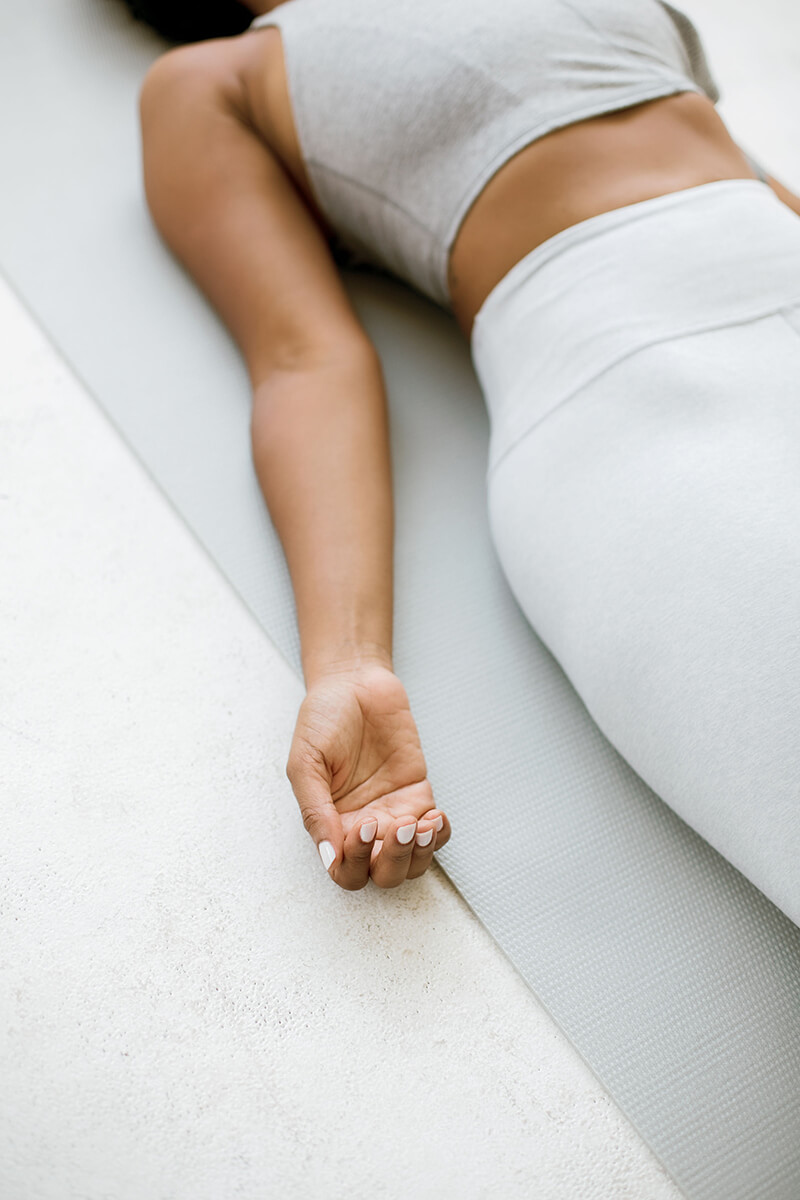
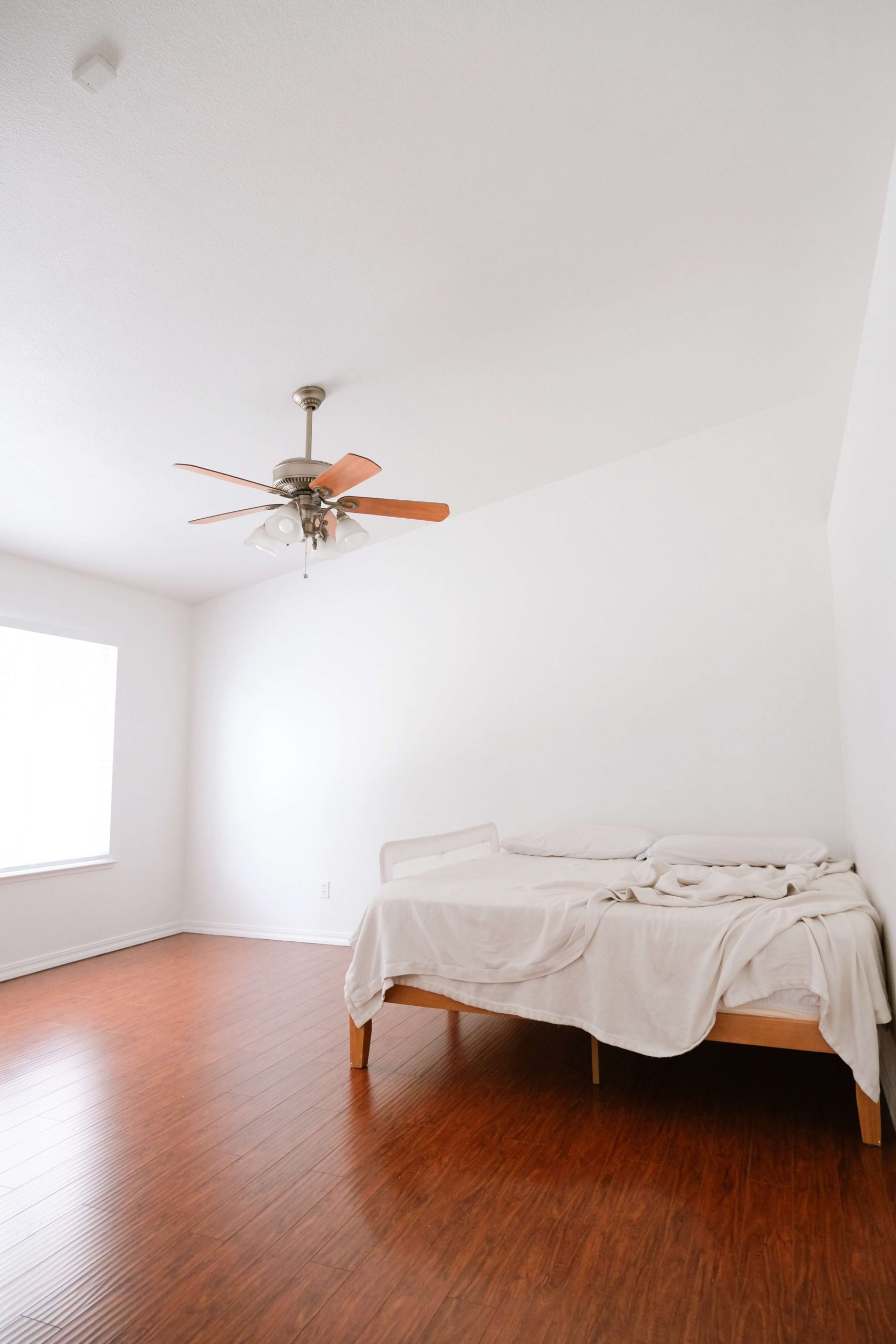
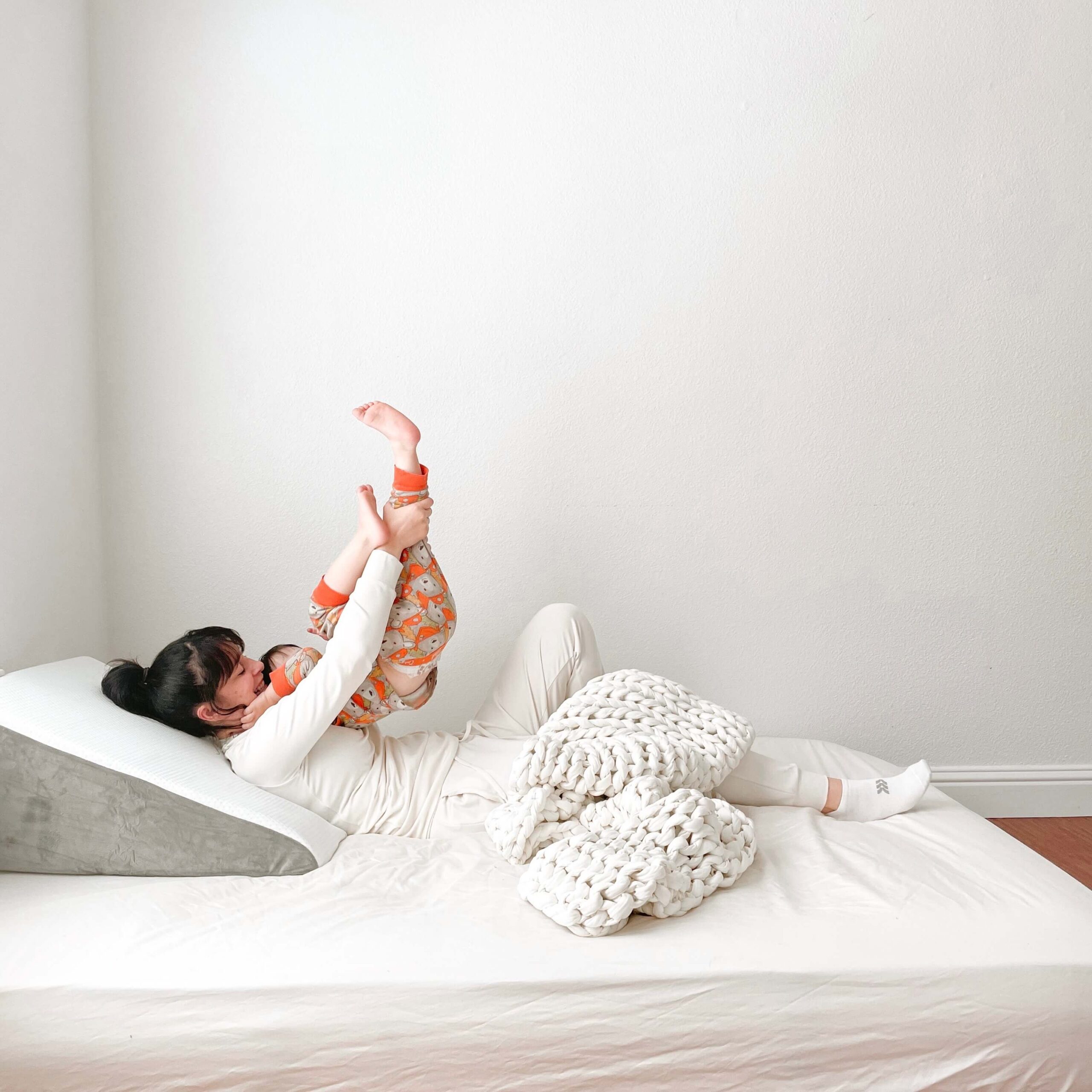
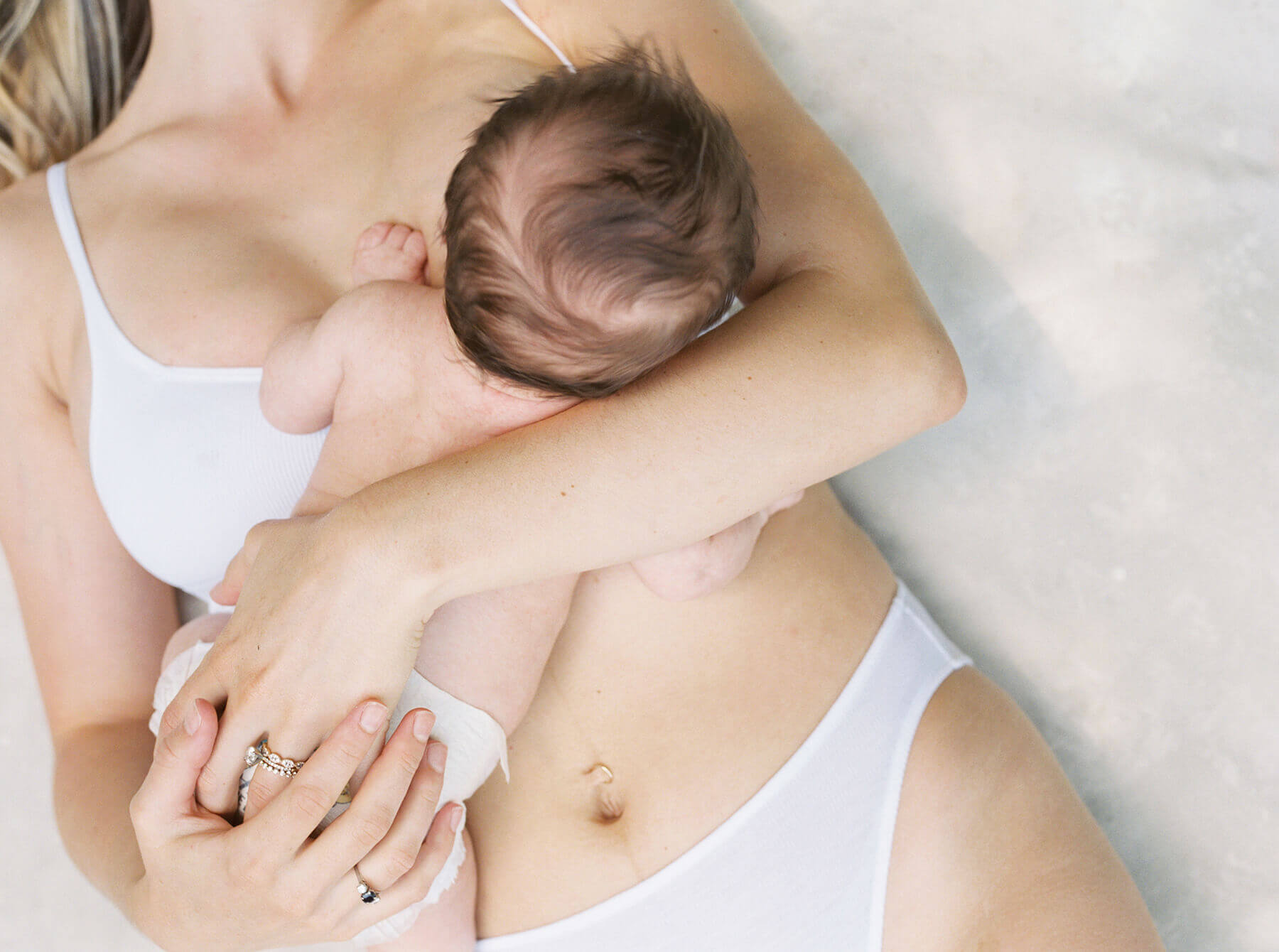

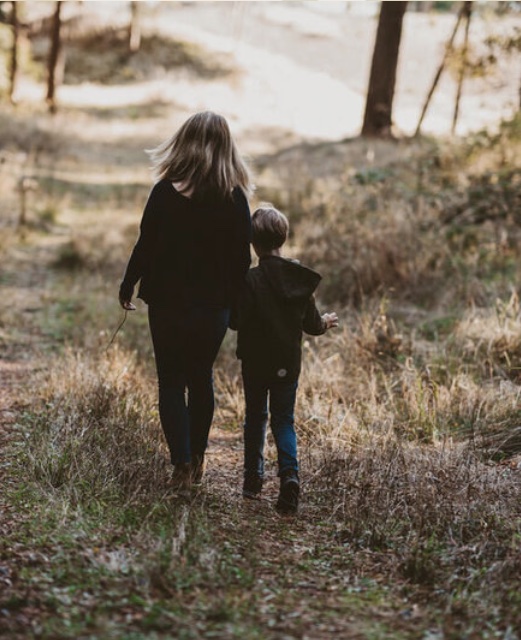
Hello
Just wondering where the 9-9-9 ‘rule’ came from? Would love to read the background studies about it sounds interesting. Thanks!